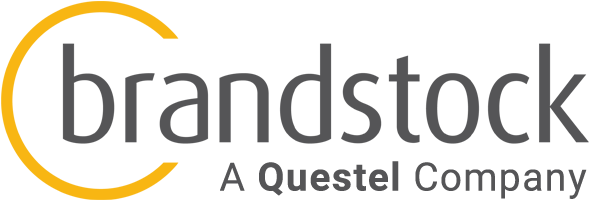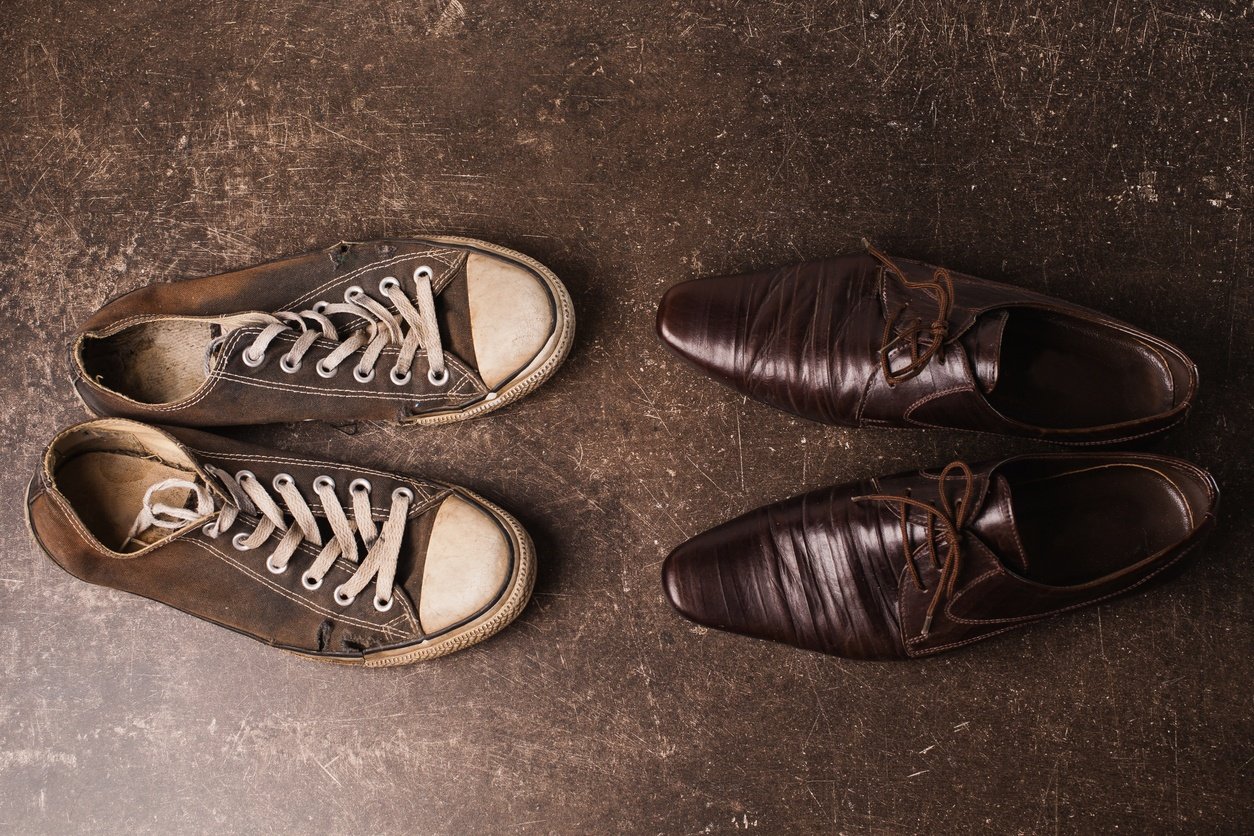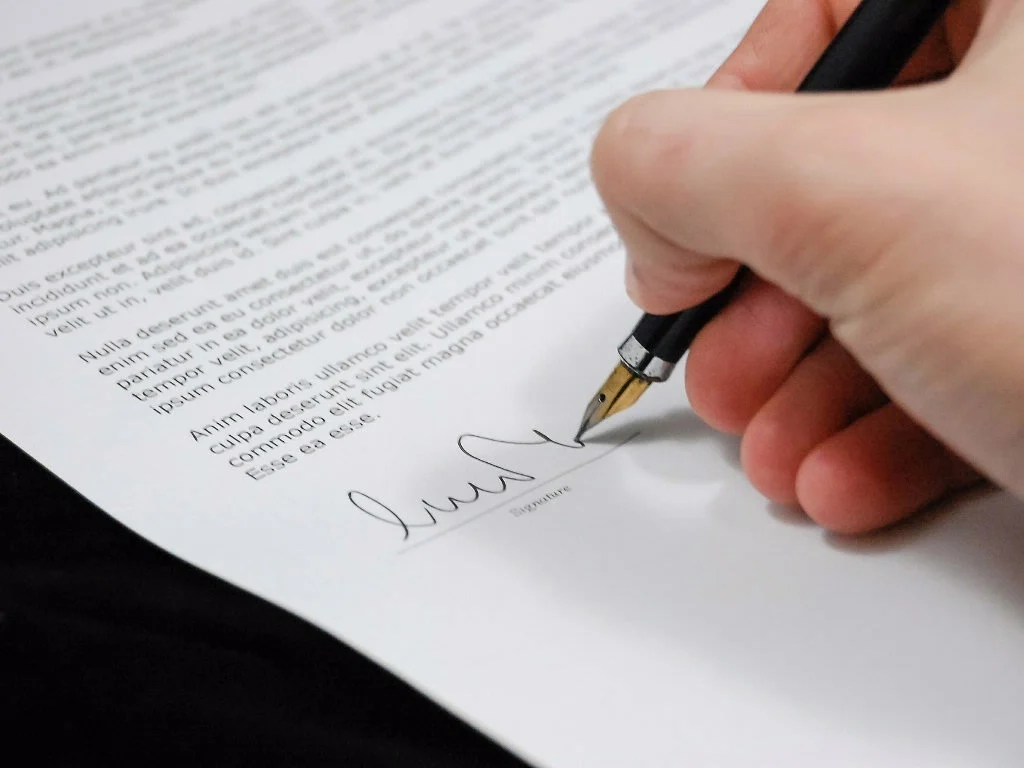How to Manage Intellectual Property When Changing Your Company Name
Whether its a merger, acquisition, rebrand, entry into a new market or settling an IP infringement claim, there are a number of reasons a business changes its company name. However, the key challenge is when the business needs to implement changes that reflect the new corporate identity.
While there are many visual changes required to branding, such as logos, designs, advertisements, social media profiles, packaging and signage, other registrations may also need to be filed to update intellectual property, such as trademarks, patents, and domain names.
Wondering how to plan an effective recordal project?
Download our free eBook!
When a business selects a new legal entity name, it should first perform a trademark and domain name search to ensure that the name is available. This is particularly important if the legal name is also used as the brand name to sell goods and/or services. Understanding how to search for and protect a new business name is beneficial when conducting a trademark search. It is advisable to work with an IP management specialist that can help you search in your target regions and reserve trademarks with the appropriate agencies in a cost-effective manner. They can also help you through the trademark application process in the countries and jurisdictions where the company does business.
At this point, the business should also prepare to change the company name in its online channels. It will need to register and setup the appropriate domain names and social media profiles with the new legal name as well as rebrand the digital marketing assets, such as logos and images, downloadable documents, advertisements, email signatures and other communications materials. The company description should also be updated in any company website pages, such as press releases, blogs, footers, company description pages, and external social media locations.
Where applicable, these changes should be reflected in offline channels, such as office and retail store signage, product labeling and packaging, delivery trucks and/or company car branding, and customer-facing displays. These online and offline changes to the corporate identity are mainly considered as marketing activities. However, rebranding is a timely and costly exercise for a business, so it’s important to work closely with the marketing team to clearly communicate the necessary changes from a legal perspective as efficiently and accurately as possible.
A company name registration does not necessarily provide intellectual property rights to the business. For example, company, business, and trademark registrations in Hong Kong are completely different from one another; each registration is managed by a separate registry. Additionally, when a business registers a company name, it should also bear in mind that a separate application may be required to trademark the company name. An IP specialist can help a company to determine the requirements for company name registration, trademarks and domain names within the regions where they conduct business.
If a business decides to legally change the company name, it will also need to update the ownership information for all patents, trademarks and copyrights held by the business, including IP registered in foreign countries. Recording a name change on patents, trademarks and copyrights is voluntary. However, by updating ownership on this intellectual property, the business ensures that the rights and benefits of IP ownership are conferred accurately both locally and globally.
In cases where a business has a trademark on a domain name, it will need to register a trademark for the new domain. A domain name provides more protection and legal rights in the country where the trademark is granted and it can reinforce the brand presence and name of the business online.
The most important consideration when making a change to a company name is to conduct a trademark search and ensure that it is available to register as a company name and a trademark. Separate applications may be required if the business is operating in multiple markets. When the business has adequately protected the company name, it should reflect this change across all assets and channels to prevent any confusion with customers, partners and business stakeholders. It will also protect the business from opportunists who may take advantage of the transition. Consulting with an IP specialist, such as Brandstock, can help your business to protect its intellectual property during a company name change.




































